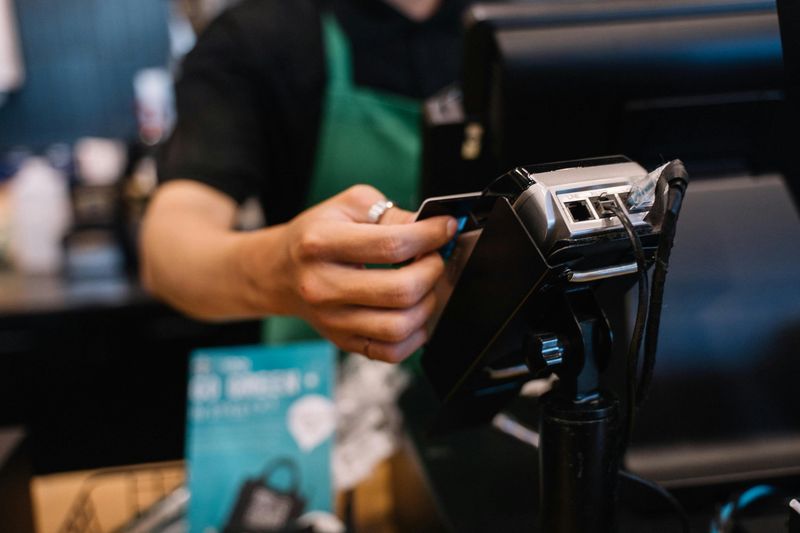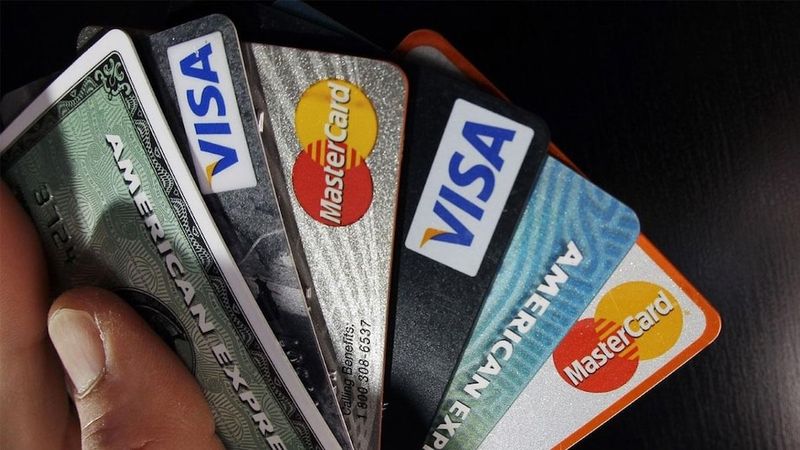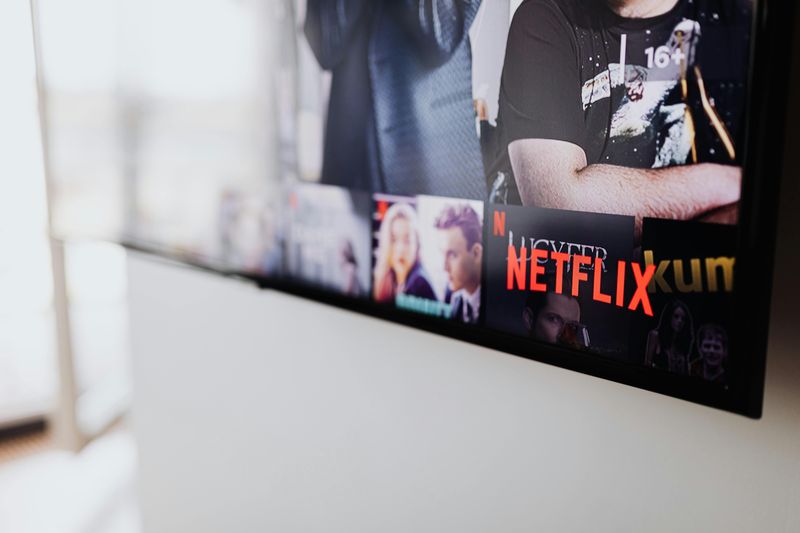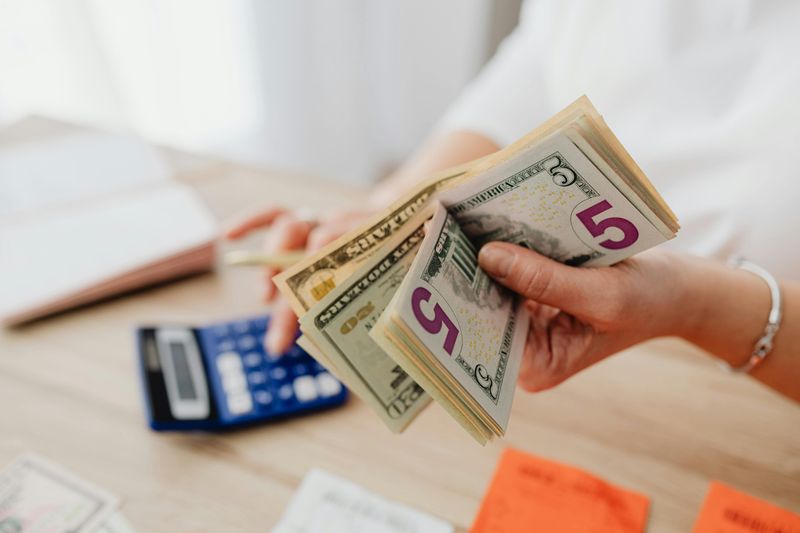12 Sneaky Spending Habits That Quietly Add Up Over Time

Money slips through our fingers in ways we don’t always notice. Small daily choices can snowball into major financial problems over time. Understanding these hidden debt traps is the first step toward breaking free from the cycle of owing money and building real wealth instead.
1. Paying Only Minimum Credit Card Payments

The convenience of minimum payments creates a dangerous illusion. You feel like you’re handling your debt responsibly, but in reality, you’re extending your payment timeline by years.
Interest continues piling up, sometimes doubling or tripling what you originally spent. A $1,000 purchase can end up costing $2,500 or more when you drag out payments.
Credit card companies design minimum payments specifically to maximize their profits while keeping you in debt longer. Breaking this habit alone could save you thousands over your lifetime.
2. Grocery Shopping Without a List

Wandering aimlessly through grocery aisles is a recipe for financial disaster. Without a clear plan, you’ll grab items based on hunger, eye-catching packaging, or clever store layouts designed to maximize impulse purchases.
Studies show shoppers spend 40% more when shopping without a list. Those extra items quickly add up, pushing your monthly food budget into dangerous territory.
Grocery stores specifically design their layouts to tempt you with unplanned purchases. The milk is always at the back of the store for a reason – forcing you to walk past dozens of tempting displays.
3. Subscribing to Multiple Streaming Services

The subscription economy has made it dangerously easy to hemorrhage money monthly. At $10-$20 each, multiple streaming services can silently drain $100+ from your account before you realize it.
Many people subscribe to new services for specific shows but forget to cancel afterward. The automatic payments continue for months or years without notice since they’re relatively small amounts.
Streaming companies count on this ‘subscription inertia’ – they know canceling takes effort. Meanwhile, you’re paying for content you rarely watch while your debt grows in the background.
4. Eating Out for Convenience

Grabbing lunch at work or ordering dinner delivery seems harmless in the moment. The convenience factor masks how quickly these expenses accumulate over time.
A typical restaurant meal costs 4-5 times more than preparing the same food at home. Even ‘cheap’ fast food adds up – spending $12 daily on lunch amounts to nearly $250 monthly or $3,000 yearly.
Delivery apps make matters worse with their hidden fees, service charges, and inflated prices. That $15 meal often becomes $25+ after all costs, creating a silent drain on your finances that keeps credit card balances growing.
5. Impulse Shopping as Stress Relief

Retail therapy provides a momentary dopamine rush that temporarily eases stress or boredom. Your brain associates spending with feeling good, creating a dangerous habit loop that’s hard to break.
Online shopping has made this problem worse by removing friction – one-click purchasing and saved payment information make it dangerously easy to shop impulsively. The physical disconnect between clicking ‘buy’ and actually spending money weakens your financial self-control.
Many people don’t connect their stress-shopping habits with their growing debt problems. The temporary mood boost masks the long-term financial damage until the credit card statement arrives.
6. Carrying a Balance to Earn Rewards

Credit card rewards create a dangerous illusion of ‘free money.’ The points, miles, and cashback seem valuable, leading many people to justify carrying balances or spending more than planned.
The cruel math reveals the truth: even the best rewards (typically 1-5%) pale compared to interest rates (often 18-29%). You’d need to earn 20% in rewards just to break even on interest payments.
Card companies design these programs specifically to encourage spending and debt. They know consumers rationalize purchases to ‘earn rewards’ while falling deeper into financial traps that benefit the credit card companies enormously.
7. Leasing New Cars Continuously

Driving a new car every few years feels luxurious but creates a permanent car payment in your budget. Unlike buying, leasing never builds equity – you’re essentially renting long-term at premium prices.
The average lease payment now exceeds $500 monthly, consuming a significant portion of most people’s income. That’s $6,000+ annually that could be building wealth instead of disappearing into a depreciating asset.
Dealerships love pushing leases because they’re more profitable than sales. The complex contracts and hidden fees make it difficult to understand the true cost, keeping you in a cycle of perpetual payments and growing debt.
8. Ignoring Small Regular Expenses

Daily coffee runs, vending machine snacks, and app purchases seem insignificant in isolation. Their true impact only becomes visible when viewed collectively over time.
A $5 daily expense amounts to $1,825 annually – enough to make significant progress on debt repayment. These small leaks in your financial boat often go untracked in budgeting apps or mental accounting.
Financial advisors call this the ‘latte factor’ – not because coffee specifically is the problem, but because these routine small purchases operate below our financial awareness threshold while steadily draining resources that could be used to eliminate debt.
9. Using Buy Now, Pay Later Services

Services like Affirm, Afterpay, and Klarna make spending feel painless by breaking purchases into smaller payments. This psychological trick makes expensive items seem affordable when they’re actually straining your budget.
The fragmented payment structure makes it easy to lose track of your total obligations. Many users find themselves with multiple BNPL commitments running simultaneously, creating a complex web of payment deadlines.
Late fees and interest kick in quickly if you miss payments, often at rates higher than traditional credit cards. These services specifically target younger consumers who might not qualify for credit cards but still want immediate gratification.
10. Living Without an Emergency Fund

Life inevitably throws financial curveballs – car repairs, medical bills, job losses. Without emergency savings, these unexpected expenses go straight onto credit cards, creating high-interest debt that can linger for years.
Even small emergencies become debt triggers when you’re living paycheck to paycheck. A $400 car repair might not seem catastrophic, but Federal Reserve data shows nearly 40% of Americans couldn’t cover such an expense without borrowing.
This creates a vicious cycle: each emergency adds new debt, making it harder to build savings for the next crisis. Breaking this pattern requires prioritizing even small emergency savings over other financial goals.
11. Paying for Unused Gym Memberships

Gym contracts count on our optimism about future habits. We sign up with good intentions, but studies show over 67% of memberships go completely unused while the payments continue automatically.
The average unused gym membership costs $40-$50 monthly – nearly $600 yearly that could be eliminating debt instead. Many gyms make cancellation deliberately difficult, requiring in-person visits or certified letters.
This pattern extends beyond fitness to many subscription services we pay for out of habit rather than value. Recurring charges for services we rarely use create a slow financial bleed that keeps debt balances from decreasing despite our best intentions.
12. Keeping Up With Social Media Trends

Social platforms bombard us with carefully curated images of luxury, travel, and expensive possessions. The constant exposure creates artificial ‘needs’ and spending pressure that didn’t exist before.
Influencers rarely disclose the financial reality behind their lifestyle posts. Their seemingly casual recommendations often lead followers into unnecessary purchases and financial strain.
Studies show heavy social media users spend more on discretionary purchases and save less. The comparison culture creates a powerful psychological pull toward spending beyond our means, with many people going into debt specifically to create social media-worthy experiences or acquire trending products.

Comments
Loading…